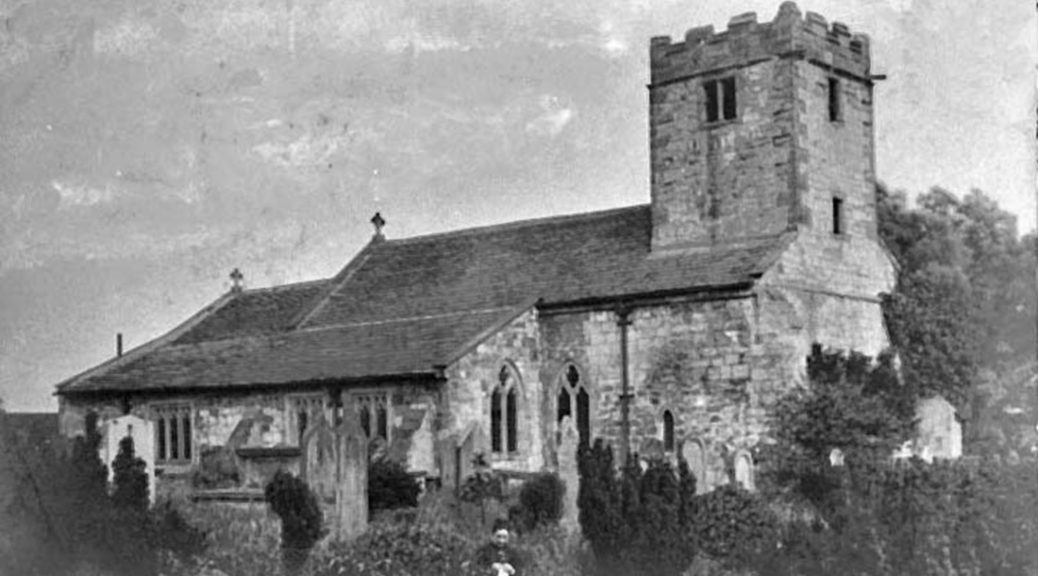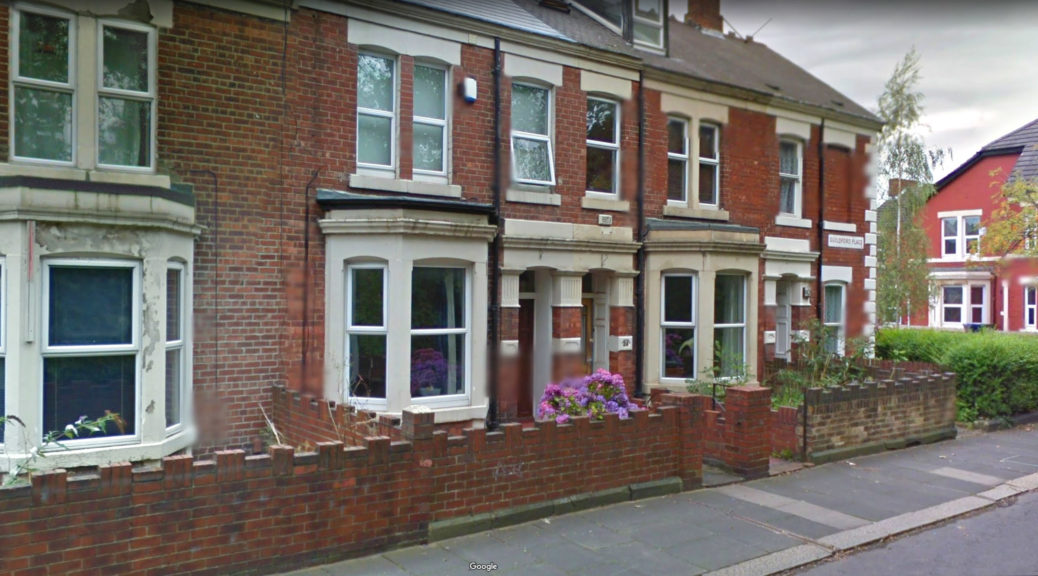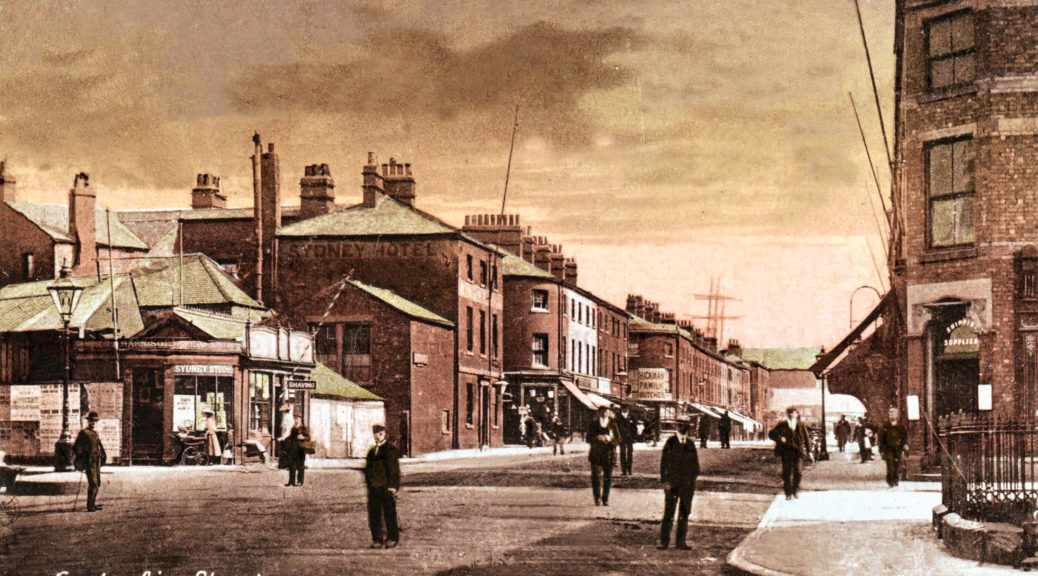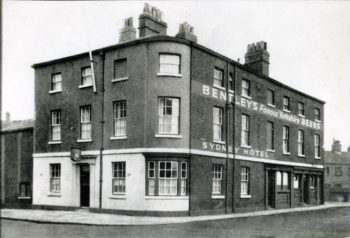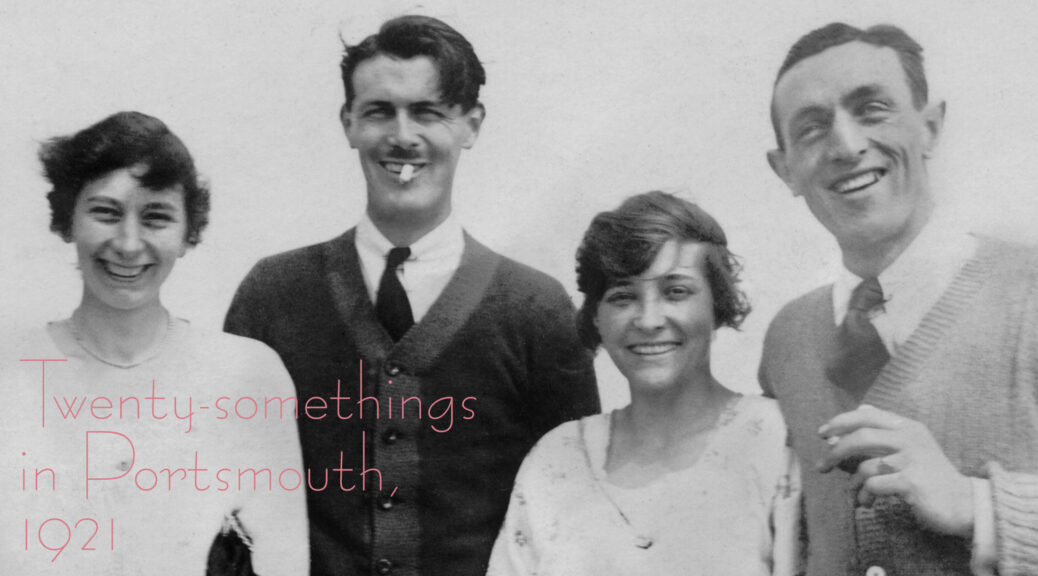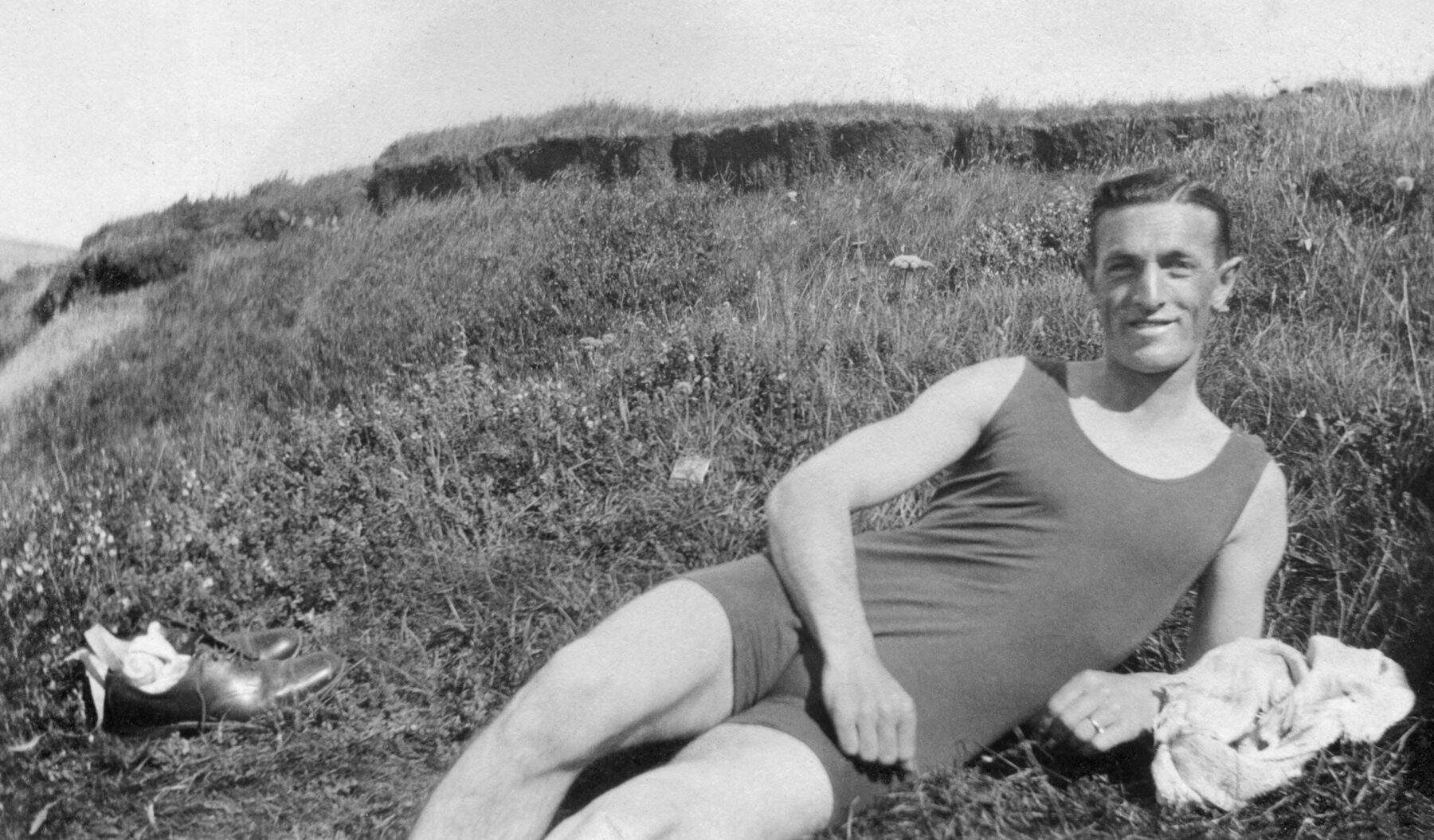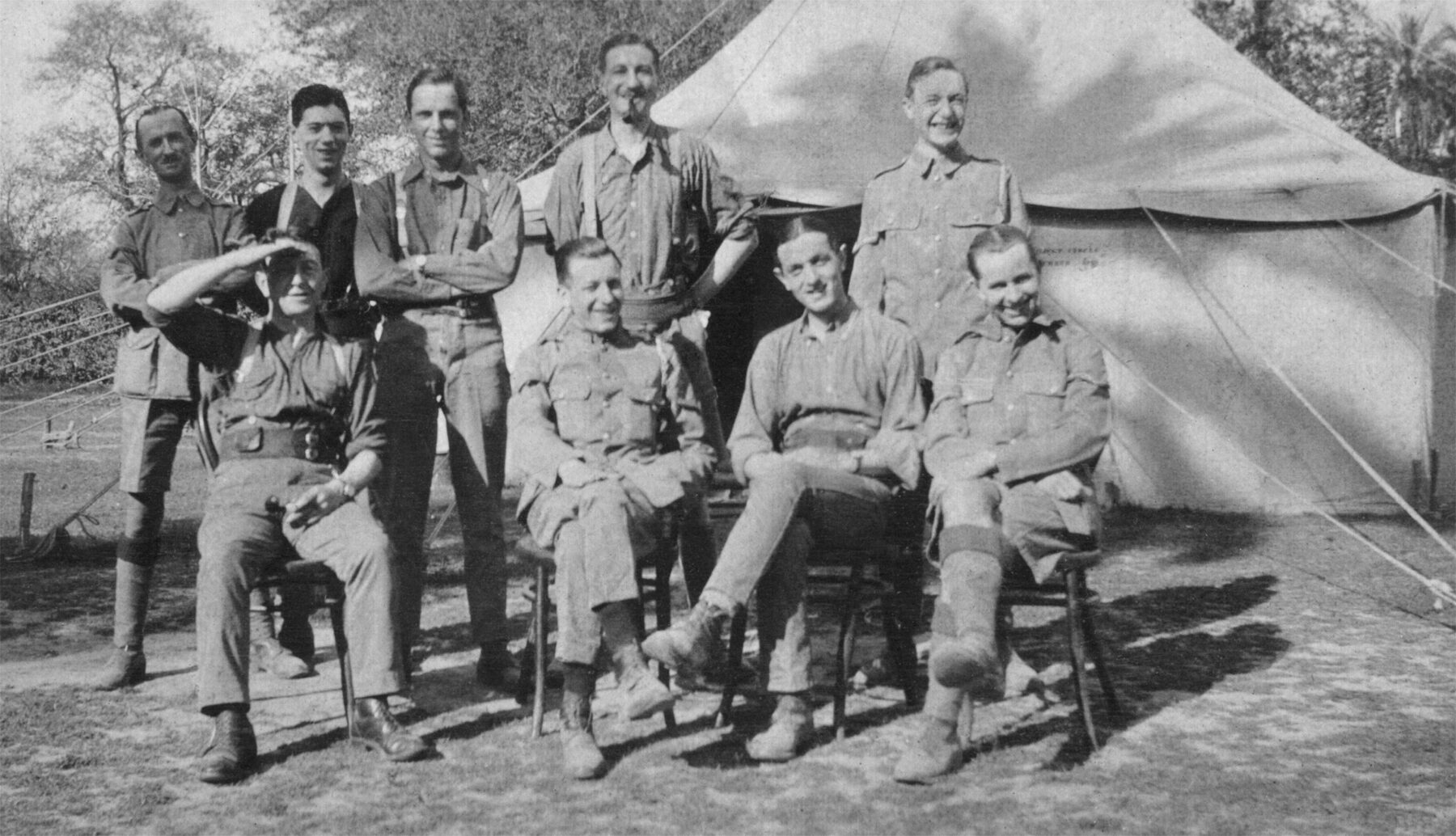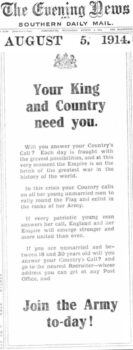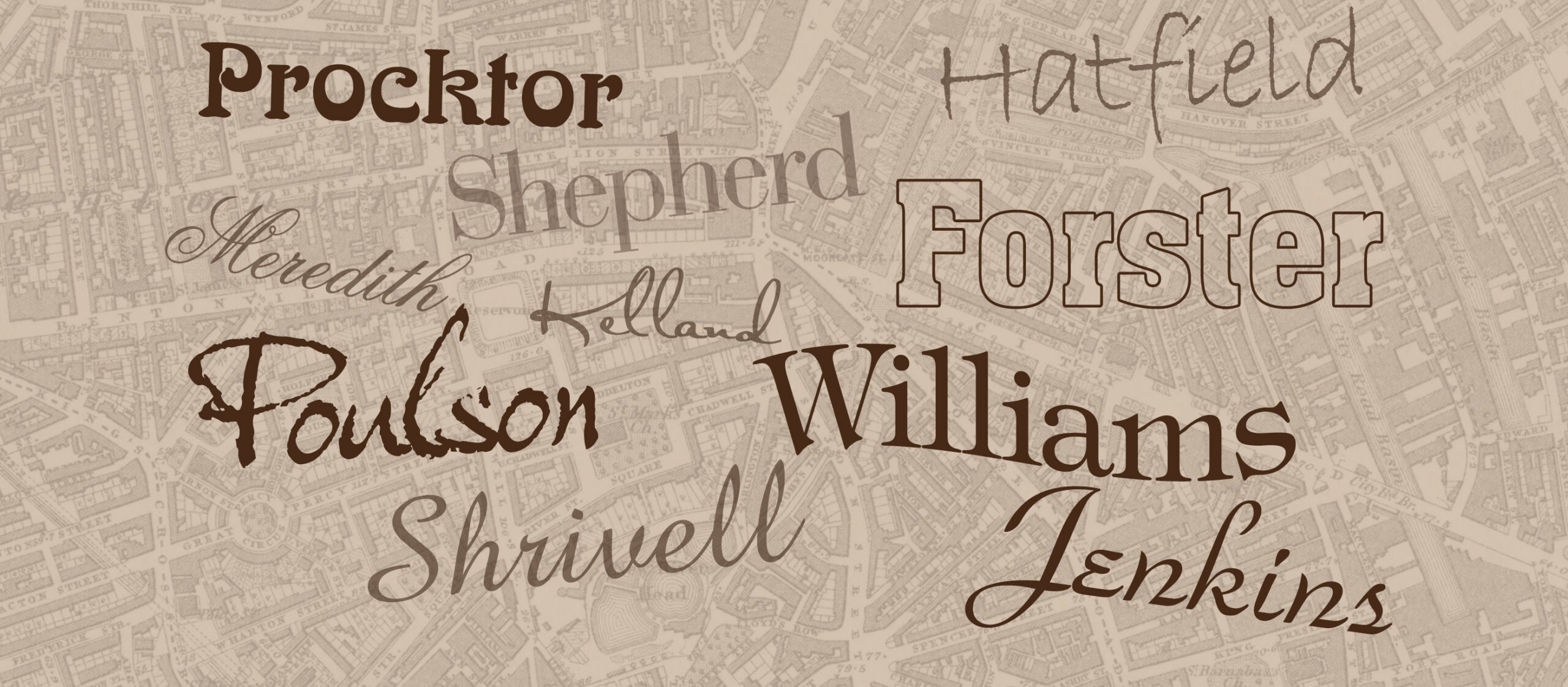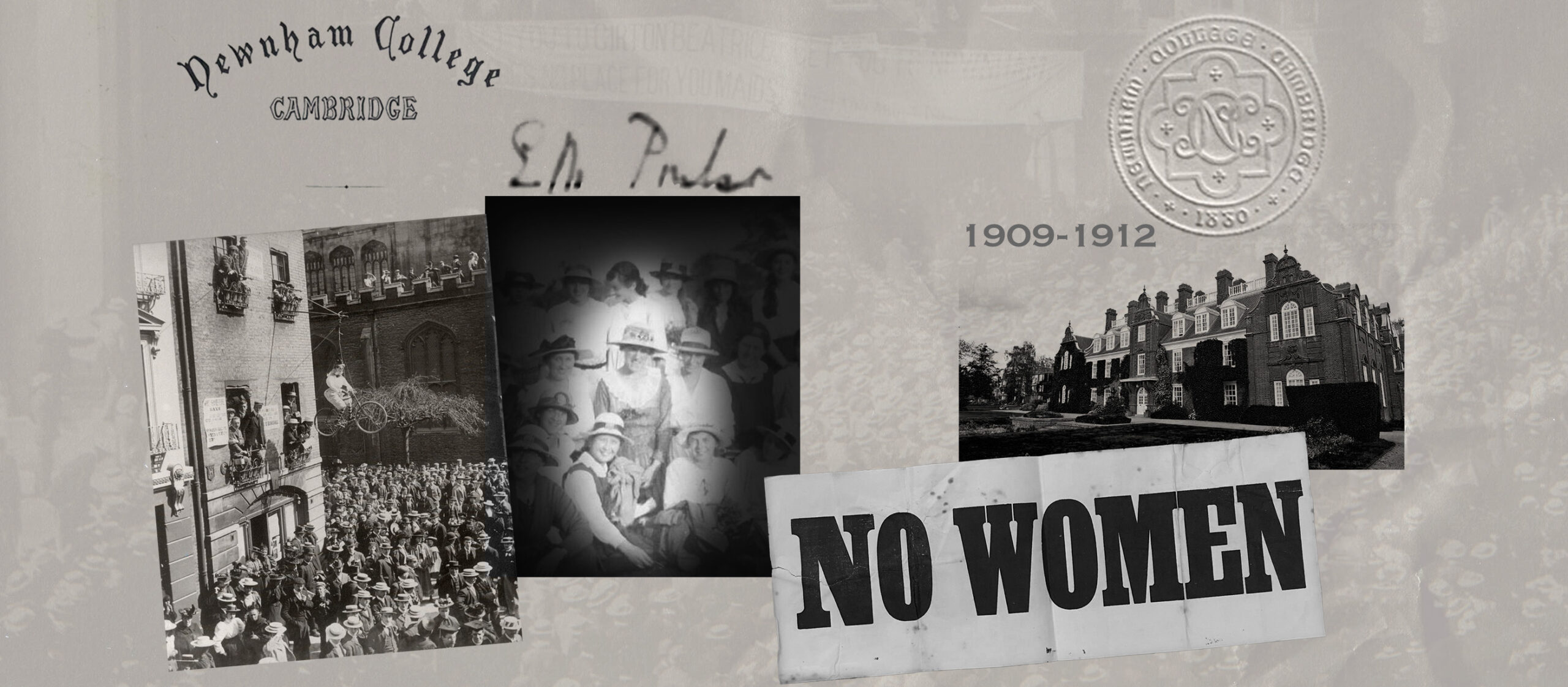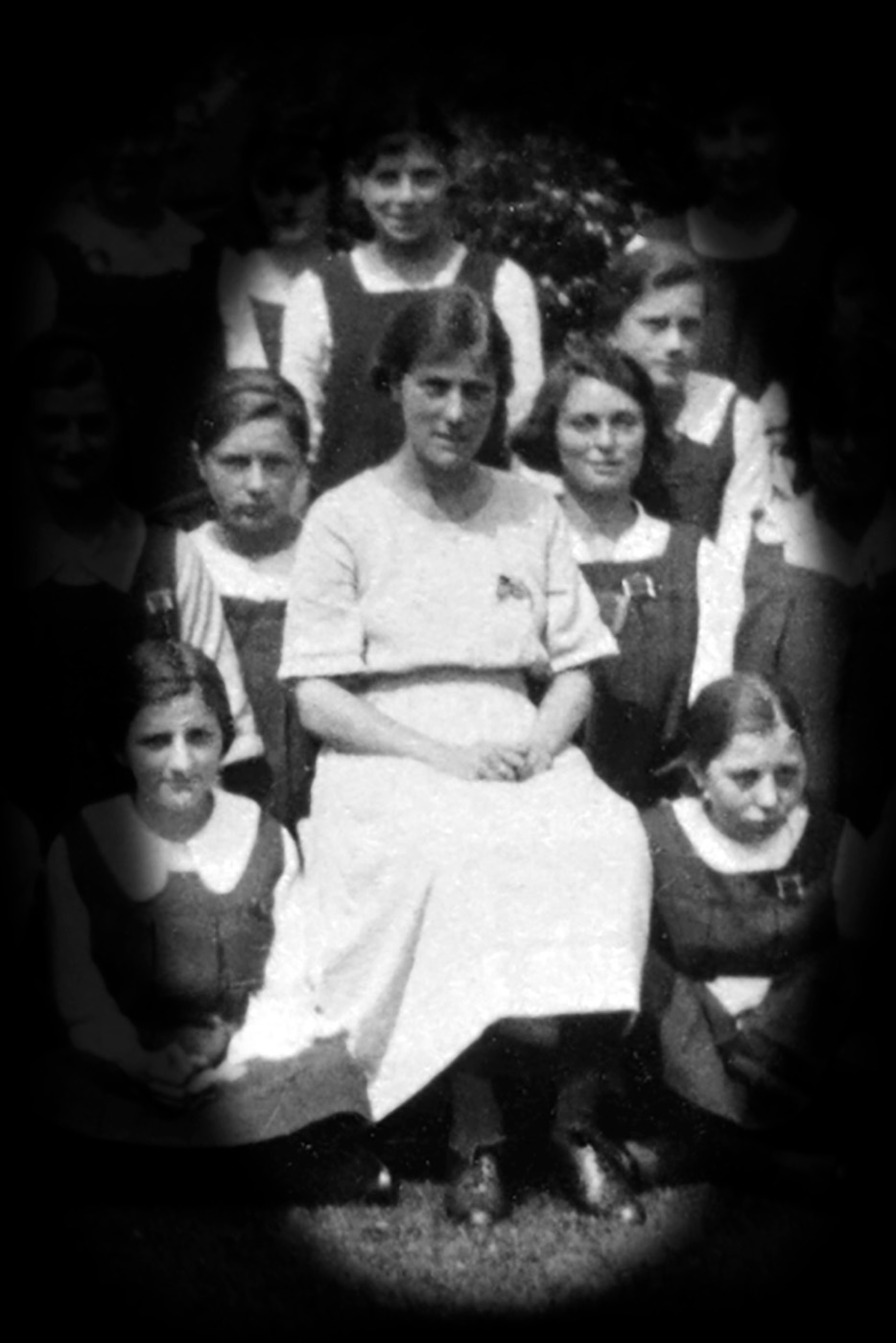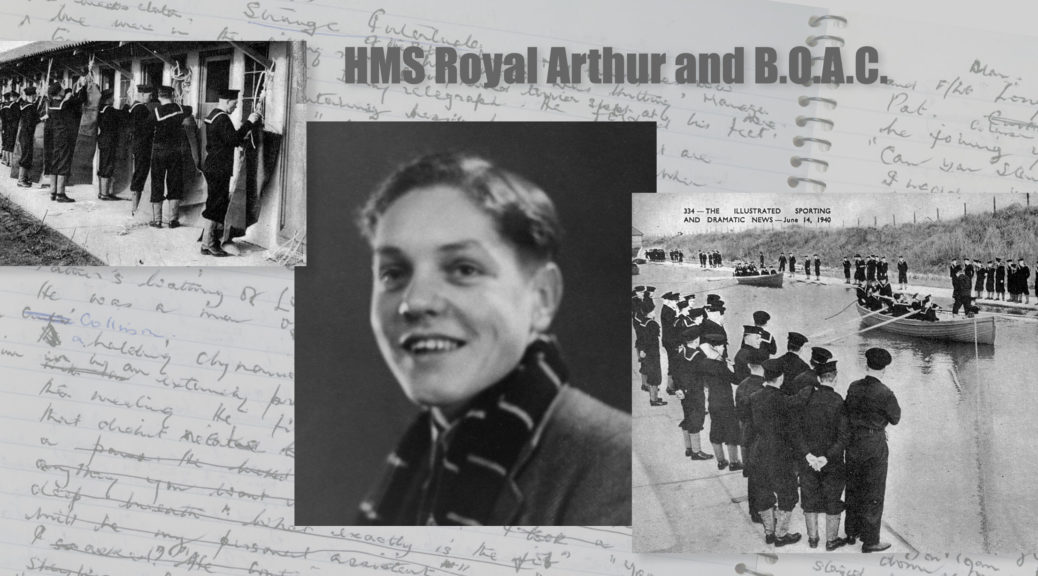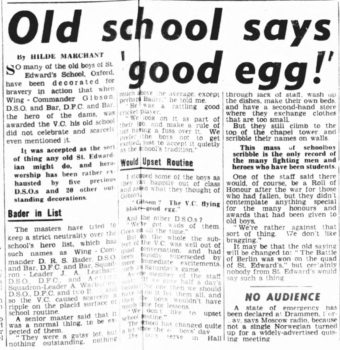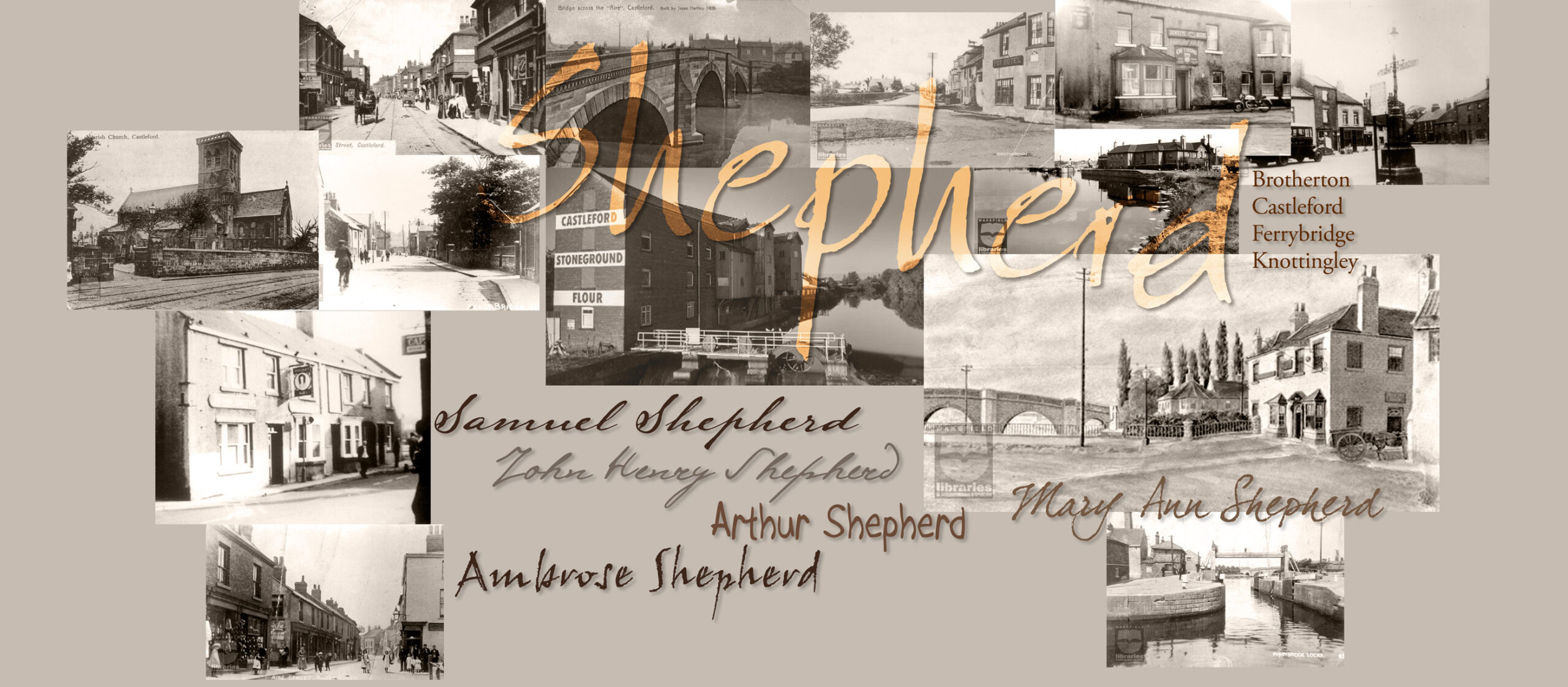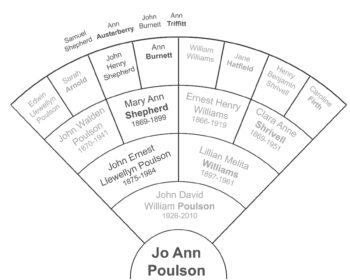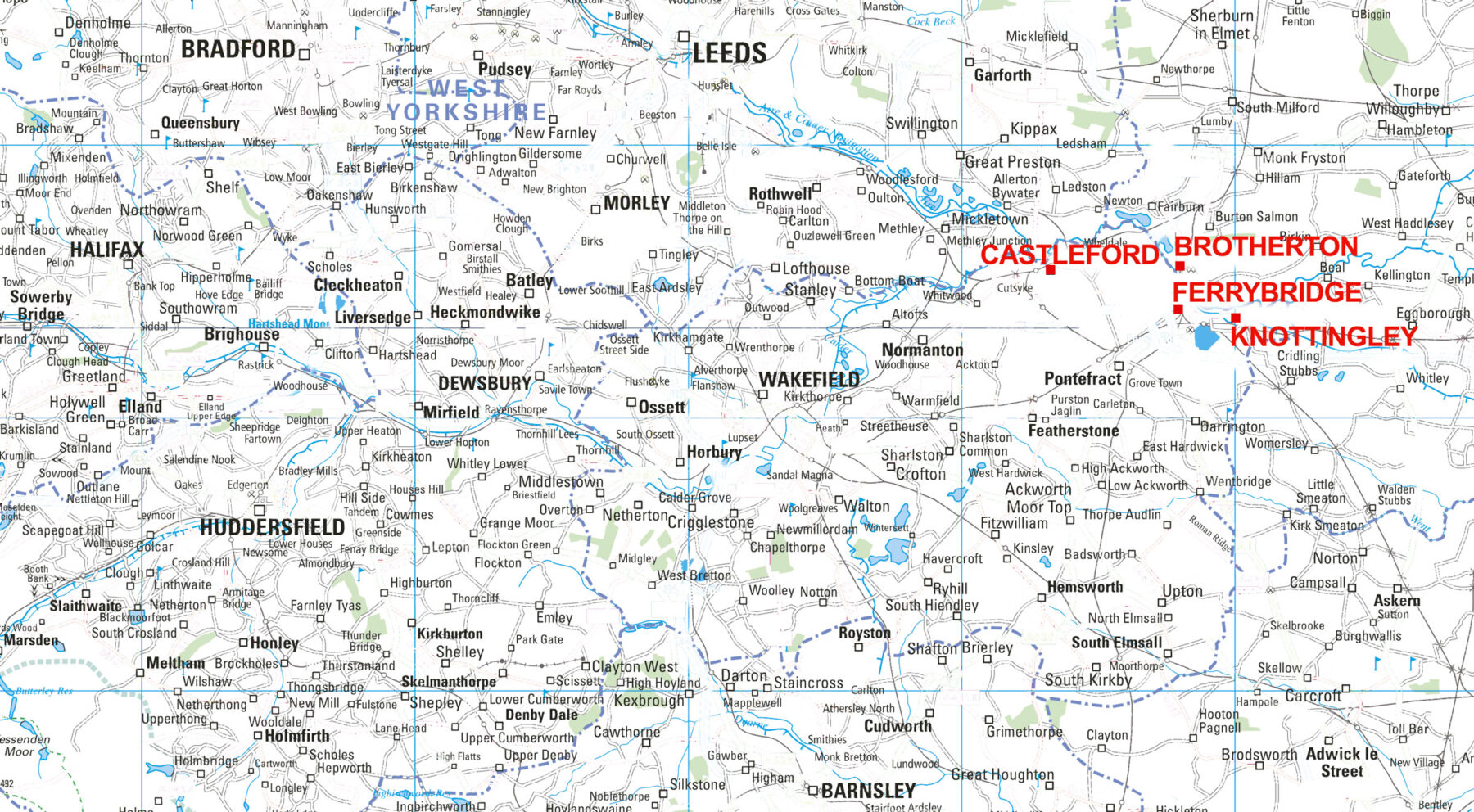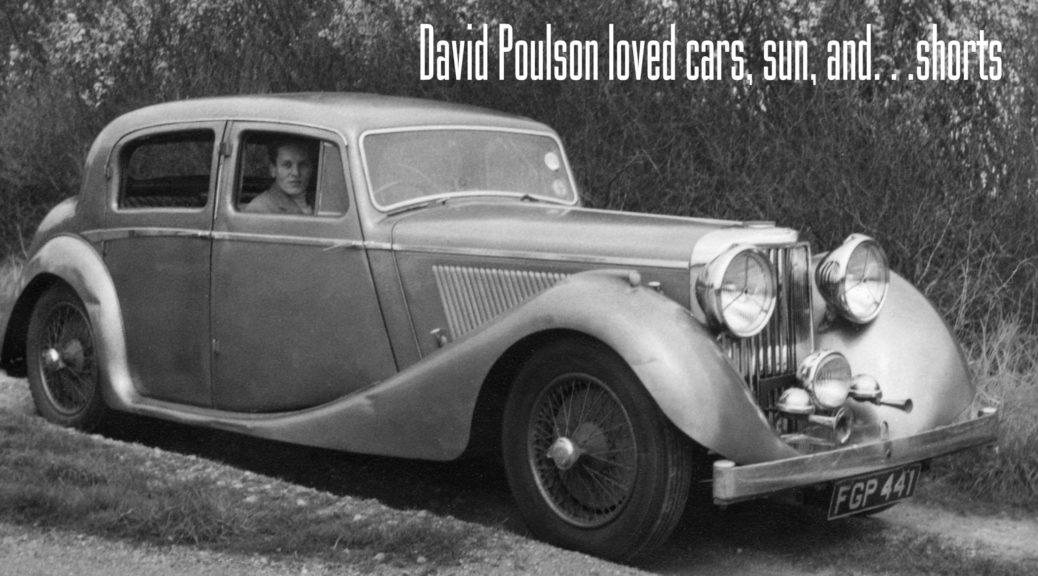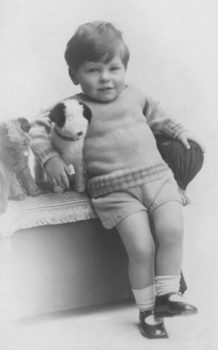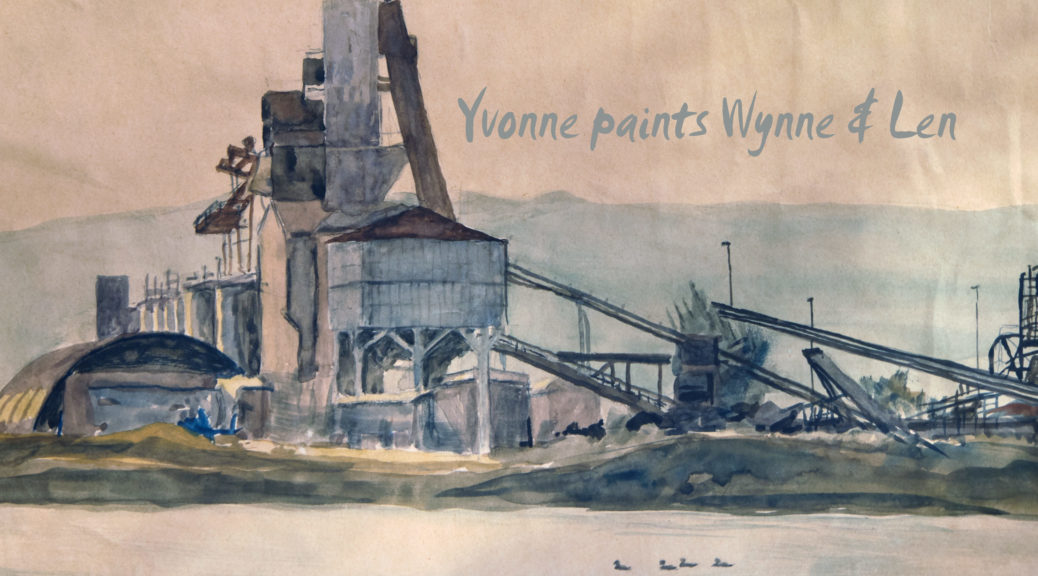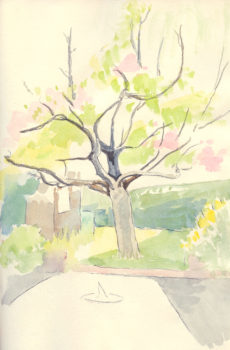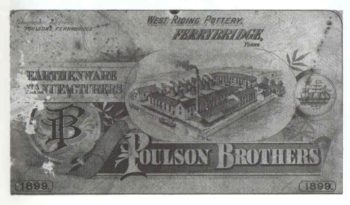
John Walden Poulson – the Wastrel, my great grandfather – as the oldest son of Edwin Llewellyn Poulson should have taken over the family pottery business in Ferrybridge, Yorkshire.
Edwin Llewellyn and his older brother Thomas had built up the West Riding Pottery business over their lifetimes from what their father, Walden Poulson left when he died in 1861. As a rough gauge of how things had grown, Walden willed less than £300 (about £45,600 in 2025 terms) in 1861, but when his oldest son Thomas died in 1893, he left £6,650 (just over £1 milion).
John Walden started as a 19 year old clerk – at least that was what his first marriage certificate showed…
Continue reading It all started out so well for John Walden Poulson…
